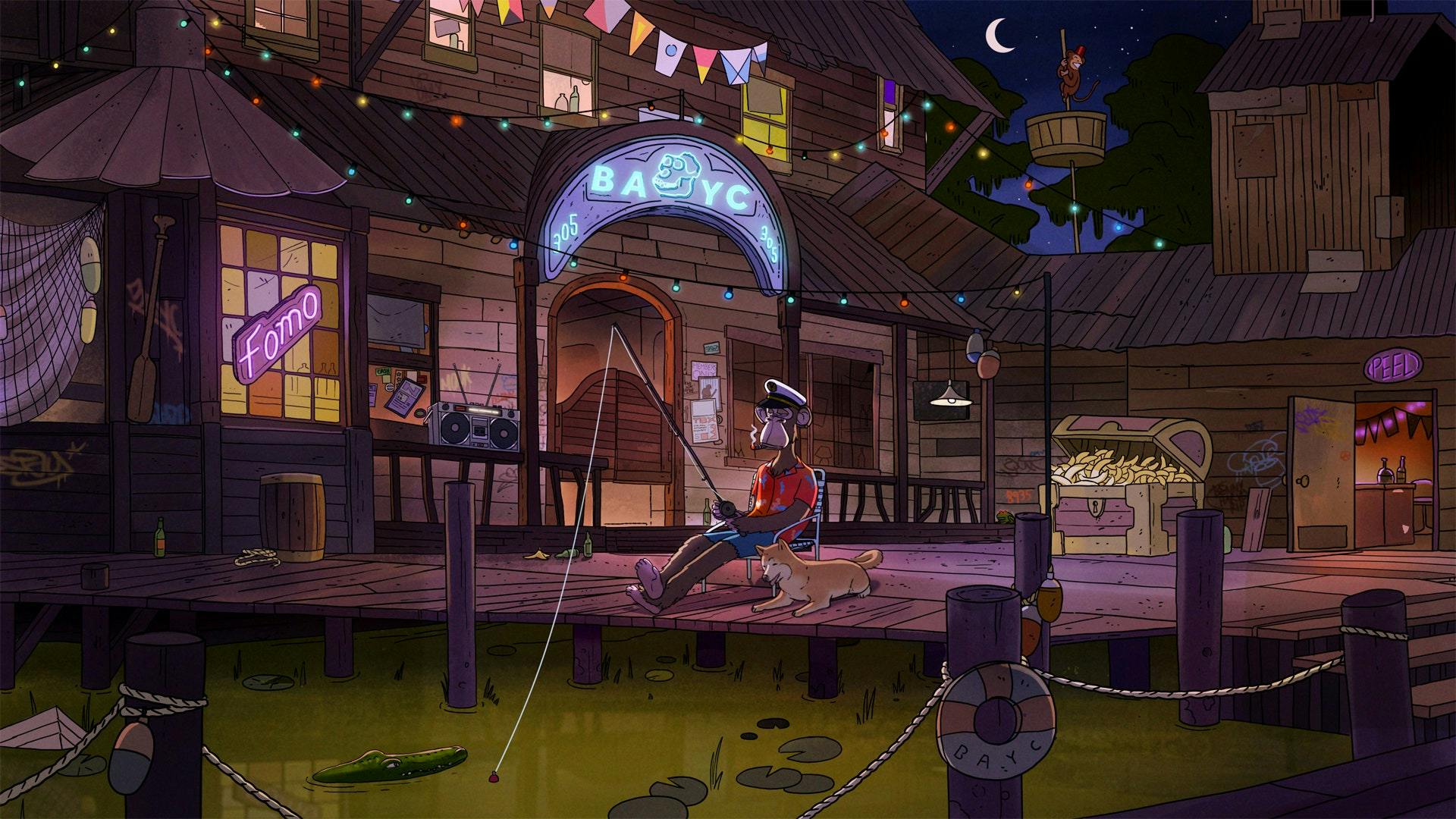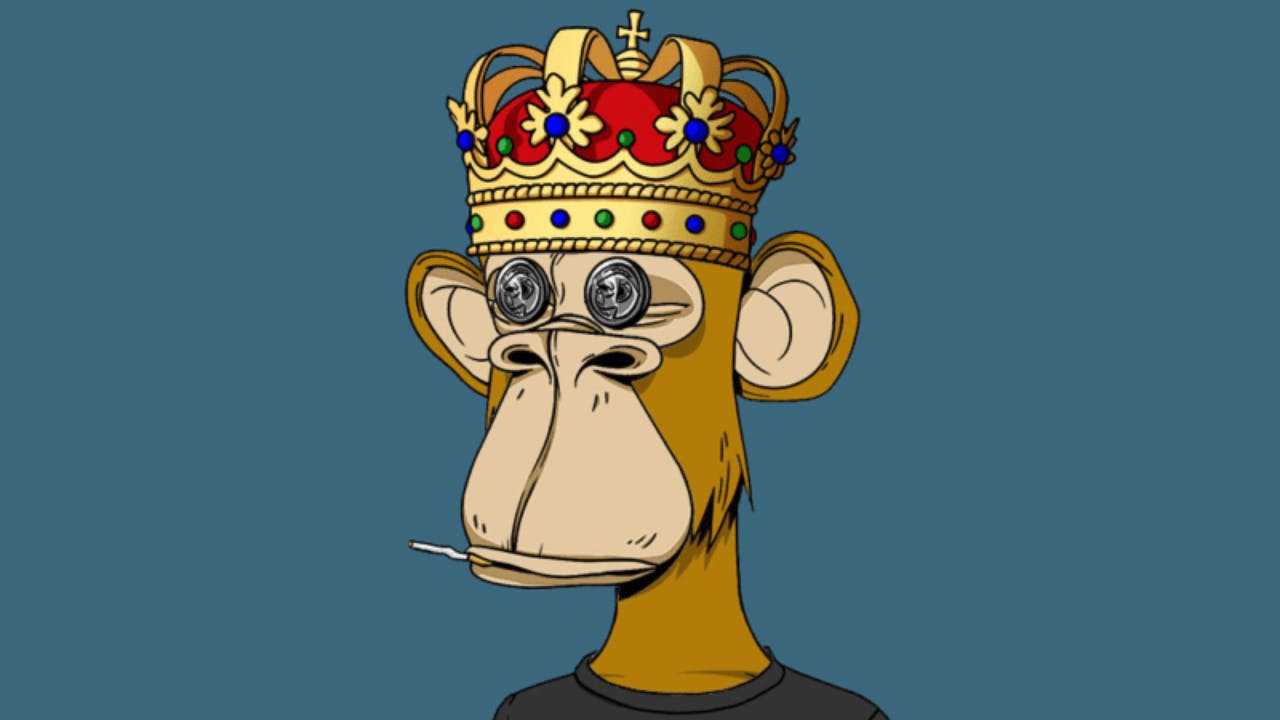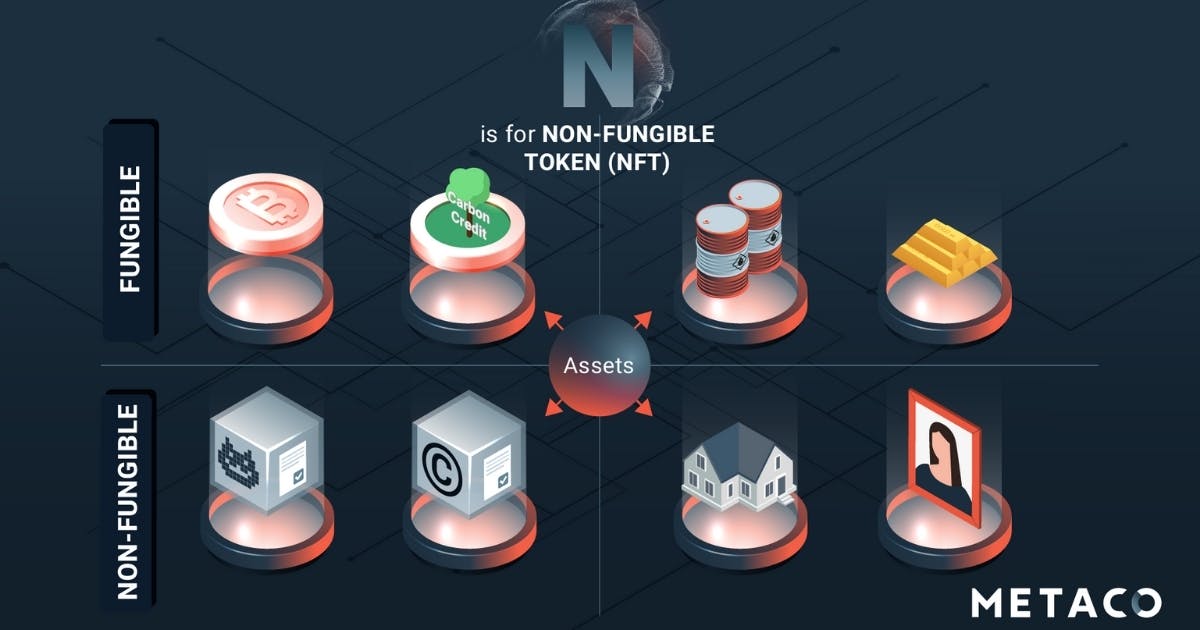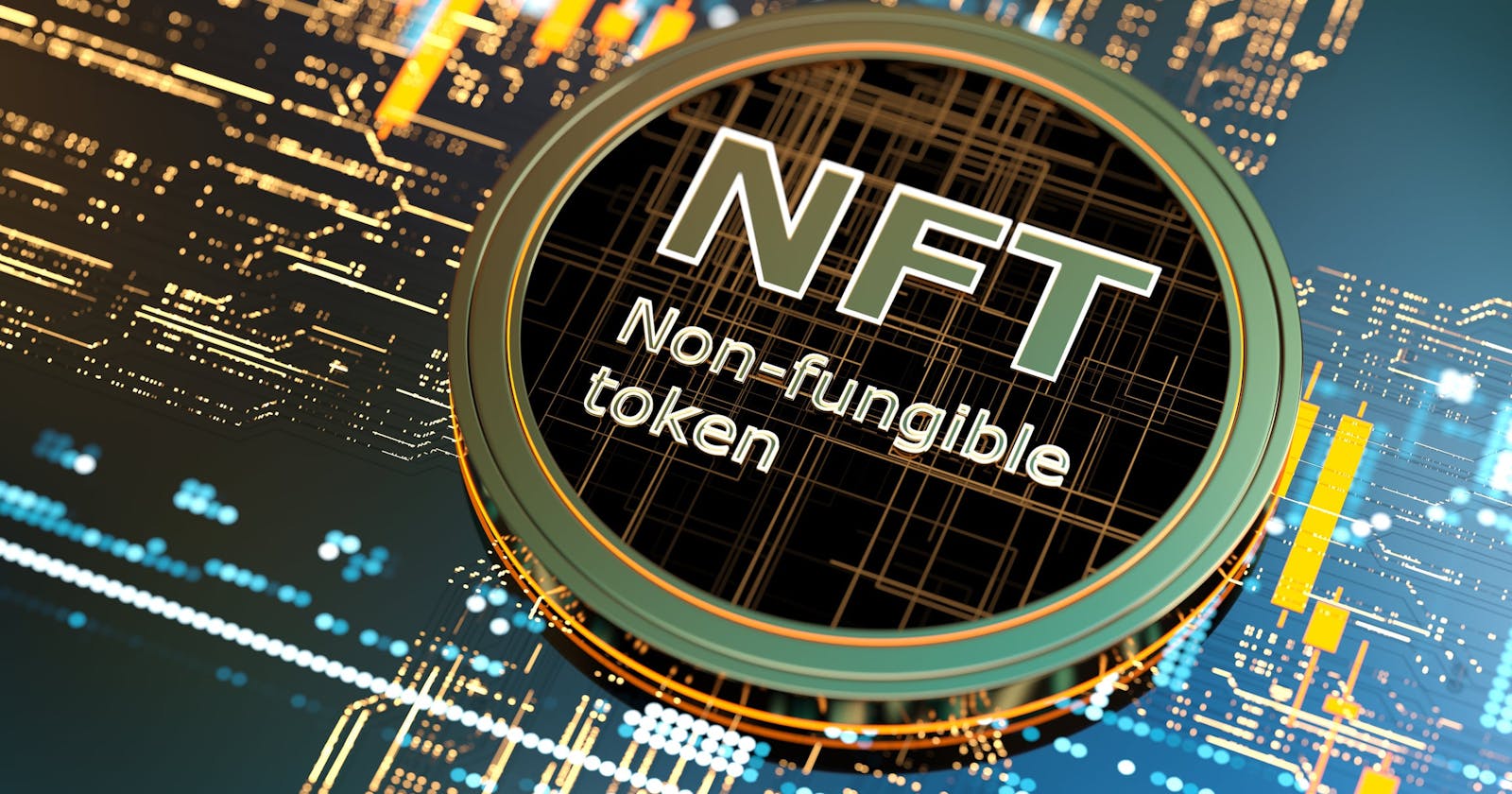NFTs (Non Fungible Token) has revolutionized the world of Blockchain and Web3. It already had made a remarkable impact on the crypto world and its fame is increasing exponentially. In this blog, I'll share everything you need to know about NFTs and how they work? bla! bla! bla! and so on and so forth😁 "This blog is a complete package of awesome insights about NFTs." The intention of this blog is to provide all the necessary information about NFTs in a beginner friendly way, so that readers can acquire every possible information about NFTs and facts related to it. So lets dive into it!

What are NFTs (Non Fungible Token) ?
A non-fungible token (NFT) is an unchangeable digital identity that is stored in a blockchain and used to verify ownership and authenticity. It cannot be duplicated, replaced, or divided. An NFT's ownership is documented in the blockchain and is transferrable by the owner, enabling the sale and exchange of NFTs. Anyone can make NFTs, and they don't necessarily need to know how to code. NFTs frequently make mention of digital items like images, audio, and video. NFTs vary from cryptocurrencies which are fungible, while NFTs are individually identifiable assets.
NFT proponents assert that NFTs give the public a public certificate of authenticity or proof of ownership, however the legal rights that an NFT conveys may not be clear. It is not necessary to have copyright, intellectual property rights, or other legal rights over an attached digital file in order to hold an NFT as defined by the blockchain. An NFT does not block the production of NFTs that relate to the same digital files, nor does it restrict the sharing or copying of the associated digital file.
Now I hope you have an idea of what NFTs are. So now lets see dive a bit deeper into it.

A Brief History of NFTs
The ERC-721 standard was the precursor to NFTs. The ERC-721 smart contract standard, created by some of the same individuals who created the ERC-20 smart contract, outlines the minimal interface ownership information, security, and metadata needed for the trading and distribution of gaming tokens. The ERC-1155 standard expands on the idea by batching many non-fungible token types into a single contract and lowering the transaction and storage costs necessary for NFTs.
NFTs have a variety of potential applications. For instance, they are the perfect means of digitally representing tangible things like real estate and art. NFTs, which are based on blockchains, can also be used for identity management or to cut out middlemen and link artists with audiences. NFTs have the ability to eliminate middlemen, streamline transactions, and open up new markets.

Importance of NFTs
Security:
Everyone is eager for their digital assets to be more secure. Thankfully, NFTs provide unmatched safety and security. Blockchain provides long-term fraud protection, so you can feel secure.

Ownership varification
Nonfungible token ownership is simple to prove. Users keep them on a specific blockchain network, which explains why. They don't distribute easily, shielding users from receiving phoney digital assets.
Additionally, there are strict procedures in place to establish ownership of any NFT you may possess. The technology used requires you to prove that you are the rightful owner of the original product, providing ownership overvalue. Theoretically, NFTs make it simpler to establish and maintain asset ownership.
Enhanced Authenticity
Because the blockchain played a key role in their development, NFTs are particularly unique. Blockchain technology frequently results in the utilisation of certain data. Because of these distinctive qualities, you may be confident of more value addition. NFT creators also set production limits, which restricts the available supply.
NFTs are more legitimate because of their increased immutability. They are guaranteed to be unaffected by withdrawal, replacement, or modifications because to blockchain technology.

Role of NFTs in Real and Virtual World
Through the fractionalization of tangible assets like real estate, NFTs can also democratise investing. A digital real estate asset can be divided between numerous owners far more easily than a physical one. This ethic of tokenization need not be limited to real estate; it can also apply to other assets, such as works of art. So a painting doesn't necessarily need to have just one owner. The digital version's numerous owners, each in charge of a portion of the painting, are possible. Such agreements might raise its value and revenue.
Examples of NFTs
- Beeple's Crossroad
- Cryptopunks
- Clock
- Everydays: the first 5000 Days
- Pak’s ‘The Merge’
- Bored Ape Yacht Club There are so many other NFTs too!
How do I purchase NFTs?
Owning some of this cryptocurrency—and keeping it in a digital wallet—is typically the first step as many NFTs can only be bought using Ether. The next step is to buy NFTs from one of the online NFT marketplaces, such as OpenSea, Rarible, or SuperRare.
The safety of NFTs
Non-fungible tokens, which operate on the same blockchain as cryptocurrencies, are typically secure. NFTs are challenging to hack due to the distributed nature of blockchains, yet they are not impossible. If the platform hosting the NFT goes out of business, you could lose access to your non-fungible token, which poses a security issue for NFTs.
Conclusion
Finally, NFTs are unique, digitally rare, and beneficial commodities that have been used in cryptocurrencies These devices let you manage and conduct cryptocurrency transactions.
